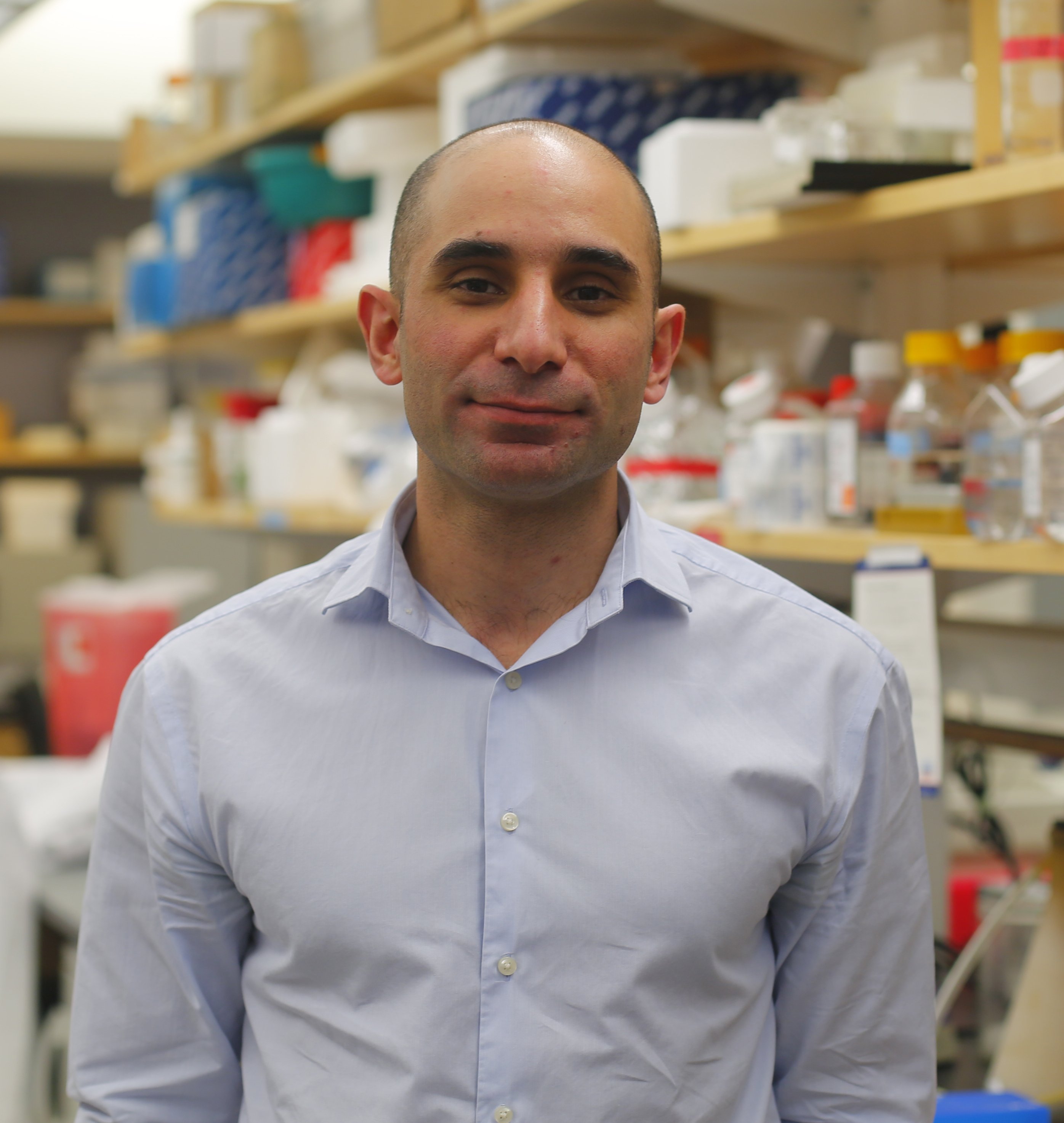Mapping bone-marrow microenvironment sheds fresh light on leukaemia
Stem cells are surrounded and protected by the stem-cell niche – the microenvironment – of the tissue in which they are found. Researchers at Karolinska Institutet have mapped the stem-cell niche in the bone marrow of mice and studied how it is influenced by developing leukemia. Their results, which are published in the journal Cell, show that the bone-marrow microenvironment is more complex than expected and contribute knowledge to future therapies for the disease.
The environment that protects and regulates the stem cells in body tissues is called the stem-cell niche and consists, in part, of a type of structural tissue called the stroma. The stroma has not yet been fully characterised and only a few specific stromal cell types have been described.
Researchers at Karolinska Institutet and their colleagues David Scadden at Harvard University and Aviv Regev at Broad Institute have now studied and described the mouse bone-marrow stroma and how it changes in the presence of leukaemia. Their results are published in the journal Cell.
Complete characterisation

“We have made a unique and complete characterisation of the cells of the bone-marrow stroma, which turns out to be more complex than previously anticipated,” says corresponding author Ninib Baryawno, assistant professor at the Department of Women’s and Children’s Health, Karolinska Institutet. He began the project as a postdoc at Harvard University and concluded it at Karolinska Institutet.
The study is based on the single-cell analysis technique, which makes it possible for scientists to study individual cells and characterise them to a high level of detail. In the mouse bone-marrow stroma, the researchers found 17 different cell populations, which they could break down into a number of unique cell types.
“We found over 30 cell types with different functions in the bone-marrow microenvironment,” says Dr Baryawno.
Changes in the microenvironment
By using a mouse model that develops acute myeloid leukaemia (AML), the researchers were able to examine how the disease changes the bone-marrow microenvironment. One finding was that the bone stem cells and the production of stem-cell factors for haematopoiesis (blood development) are blocked during the development of the disease.
“Our work provides empirical corroboration for how cancer cells communicate with specific stromal cells to corrupt normal tissue function and to enable tumour growth,” he continues. “It also provides insight into how cancer cells change stroma on several levels, both cellular and molecular, which suggests that the treatment of leukaemia must target several fronts.”
The study was financed with grants from the Swedish Research Council and the Swedish Childhood Cancer Foundation. It was also supported by the National Institutes of Health, the Howard Hughes Medical Institute, the Charles A. King Trust Postdoctoral Research Fellowship Program, the Simeon J. Fortin Charitable Foundation, the Klarman Cell Observatory and the Gerald and Darlene Jordan Professorship.
Many of the authors have links to different drug or technology companies through share ownership, consultancy work or employment. See the article for further details. The researchers have submitted an application to patent their results.
Publication
”A cellular taxonomy of the bone marrow stroma in homeostasis and leukemia”.
Ninib Baryawno, Dariusz Przybylski, Monika S. Kowalczyk, Youmna Kfoury, Nicolas Severe, Karin Gustafsson, Konstantinos D. Kokkaliaris, Francois Mercier, Marcin Tabaka, Matan Hofree, Danielle Dionne, Ani Papazian, Dongjun Lee, Orr Ashenberg, Ayshwarya Subramanian, Eeshit Dhaval Vaishnav, Orit Rozenblatt-Rosen, Aviv Regev och David T. Scadden.
Cell, online 23 maj 2019. DOI: https://doi.org/10.1016/j.cell.2019.04.040
